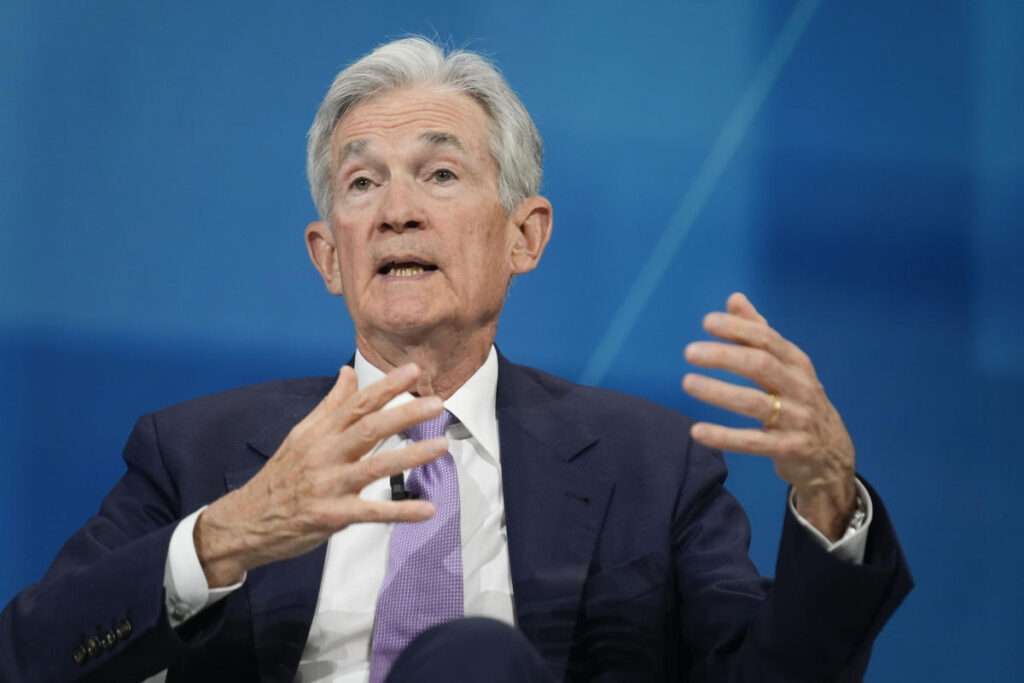The recent actions by the Federal Reserve to lower interest rates this fall have sparked discussions akin to predicting the gradual thawing of ice; while the changes are significant, their effects unfold slowly and aren’t instantly palpable. The Fed’s reduction of short-term interest rates has set the stage for financial adjustments, with analysts anticipating further cuts in December. The immediate impact of these Fed decisions on everyday finances—bank accounts, various loans, and mortgages—has yet to reveal itself in dramatic shifts but may lead to nuanced effects over time. For many consumers, the interest earned from checking and savings accounts remains alarmingly low, often sitting at fractions of a percentage level that make them nearly negligible.
In the current banking landscape, checking accounts yield minimal interest, hovering around a national average of 0.07%. As most individuals frequently transact within these accounts, the appeal of liquidity outweighs the meager earning potential. Savings accounts offer slightly better interest rates but still remain under 0.50%, with many individuals turning to high-yield savings accounts that have historically provided up to 5% or more. However, even the high-yield options are trending downward, underscoring the importance for consumers to continue researching to find the best rates. As we navigate this environment, looking for attractive high-yield savings or money market accounts could serve those who wish to retain accessibility while maximizing their interest earnings.
Certificates of deposit (CDs) depict a somewhat more resilient savings option, with 12-month CDs averaging around 1.83%. Even though rates have dipped slightly, determined savers may unearth higher yield options by comparing different financial institutions and considering deposits with wider geographic reach. Meanwhile, the mortgage market has exhibited tenacity, with typical home loan rates ascending after the Fed’s first-rate cut. The erratic nature of mortgage rates is primarily tied to the bond market, particularly the 10-year Treasury note, which responds to broader economic forecasts. Industry experts predict mortgage rates will likely stay within the 6% to 7% range through 2025, indicating that prospective homebuyers might need to grapple with higher borrowing costs for the foreseeable future.
Personal loans have similarly seen stagnation in interest rates, recently hovering around 12%, marking a significant increase from the previous years when rates were considerably lower. These persistent high rates signal that catching up to previous lower rates might be a lengthy process. Credit card interest rates, which have escalated from approximately 15% in 2021 to over 21% in 2024, present another concern for consumers. While those who diligently pay their debts in full each month may escape the brunt of these hikes, the majority of cardholders are bemoaning the rising costs. As benefit from the Fed’s rate cuts trickles down, there is hope that these rates may decline, providing much-needed relief for those carrying balances.
Investments intended for long-term growth, such as retirement accounts, should ideally be insulated from short-term fluctuations tied to interest rate changes. While lower interest rates are generally conducive to economic growth—and by extension, positively influence stock market performance—consumers should adhere to their established investment strategies without panic in face of transient market shifts. Annual evaluations of financial performance, coupled with periodic reviews of readiness to adjust risk appetites, can sustain a healthy investment approach amidst the changing economic landscape.
In summary, while the Federal Reserve’s strategy to reduce interest rates may take time to manifest in noticeable changes across various financial sectors, careful attention to banking accounts, loan terms, and investment strategies can help individuals navigate the evolving economic terrain. The gradual impacts include slight reductions on savings yields, enduringly high mortgage and loan rates, and the hope for abating credit card interest rates. Maintaining steady financial practices, remaining informed about available options, and committing to a long-term investment strategy are paramount as consumers adapt to these shifts in the interest rate environment.

